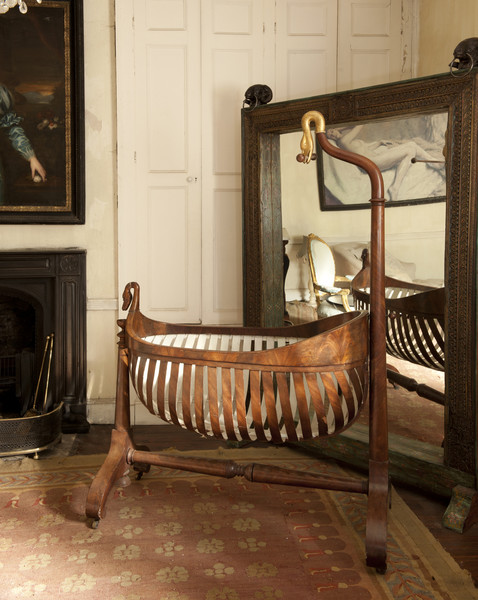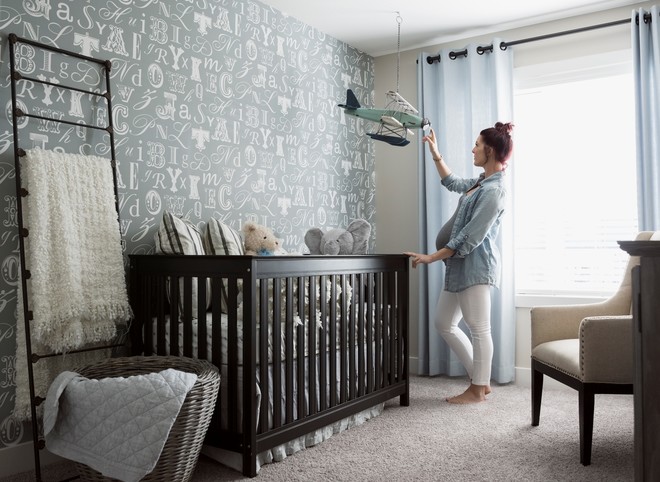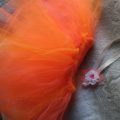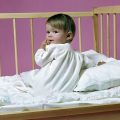Bye-bye-bye
The first beds for children were cradles,the word "lyulkat'" means to lull. In Rus' they were also called "zybki", from the word "zybanie" - rocking. They were hung with ropes from the ceiling and carefully, so that the child would not fall out, rocked. The first cradles have been known since ancient times, they were hollowed out of wood or woven from pine shingles. In Siberia, there is a belief that God lowered the first man in a cradle, so cradles were considered a talisman for the child, the father carefully selected a tree in the forest to make the first bed for the newborn. A photo: GettyImagesAlso made the cradles not suspended, but floor-mounted, with rounded pedestals, so that you could swing the child from side to side, people called them “Vanka-vstanka”. Richer families hired for rocking young children from poor village families. Remember the story of Chekhov "Vanya"? In it, nine-year-old Vanka Zhukov writes a letter “to the village of the grandfather” and complains that he was punished: he fell asleep while shaking the cradle with the master's baby. mattress in the corner. And his place was taken by the next newborn - the cradle was handed down from generation to generation.
A photo: GettyImagesAlso made the cradles not suspended, but floor-mounted, with rounded pedestals, so that you could swing the child from side to side, people called them “Vanka-vstanka”. Richer families hired for rocking young children from poor village families. Remember the story of Chekhov "Vanya"? In it, nine-year-old Vanka Zhukov writes a letter “to the village of the grandfather” and complains that he was punished: he fell asleep while shaking the cradle with the master's baby. mattress in the corner. And his place was taken by the next newborn - the cradle was handed down from generation to generation.
A hundred years at lunch
And in the 18th century they gained mass popularityalready special beds for children. They were made like adults, only smaller in size, and were also used for several generations of children. And this was understandable: the beds were massive, durable, the bottom did not bend, and therefore the crib did not harm the health and posture of the baby. In other words, a hundred years ago, cribs were made to last for centuries and did not save on materials. Which cannot be said about modern furniture, which is often made not from solid wood, but from pressed sawdust or plastic. Modern enterprises are interested in all items, from washing machines, refrigerators and televisions to wardrobes, sofas and children's beds, being bought as often as possible, replacing the old with the new. And therefore, manufacturers are not too interested in things serving people for centuries. Hence the fashion, including for children's things, and a certain drop in quality.
Doctors will be horrified
Of course, the norms recommended by doctors andthe standards for the production of children's beds are observed. But you must admit that they break more often than "grandmother's" and "grandfather's". Many parents know how often the posts that protect the bottom of children's beds fly out. Mothers, handing over the bed of their grown-up child to a friend who has a newborn, warn: "Be careful, several bars in the side have flown out, make sure that the baby's head does not get stuck." And these are only external defects, and how many others are not even thought about, and any doctor, having learned about them, will be horrified! And when a used bed is sold, buyers may not be warned about "minor" defects. Photo: GettyImagesNikolai Komov, pediatrician, teacher of the department of propedeutics of children's diseases with a course of childcare:
Photo: GettyImagesNikolai Komov, pediatrician, teacher of the department of propedeutics of children's diseases with a course of childcare: Of course, quality is the most important thing.Sometimes it is better to buy a used but high-quality crib than a new but consumer-grade one. When buying a crib for a child, be sure to look at the materials it is made of. The bottom should be flat, without dents or cracks, and the mattress should be dense. A warped frame or a saggy mattress threatens the child with improper formation of posture and the musculoskeletal system. And do not forget that in St. Petersburg (and probably not only here) there are still communal apartments where bedbugs swarm. These parasites make nests in furniture, including in children's beds. I have also met children from decent families who had lice. These insects have not gone away either. What to look for when choosing a used crib or bassinet 1. First of all, inspect the frame and bottom to make sure there are no warps, cracks or sags. 2. Remember the mattress: it should be elastic, dense, without dents and lumps. 3. Inspect the joints of the crib parts, bugs or their larvae can hide in them. And the worst thing is lice larvae. They are much more difficult to notice, and there is a risk of finding parasites in a couple of weeks, when the baby is already at home.
Of course, quality is the most important thing.Sometimes it is better to buy a used but high-quality crib than a new but consumer-grade one. When buying a crib for a child, be sure to look at the materials it is made of. The bottom should be flat, without dents or cracks, and the mattress should be dense. A warped frame or a saggy mattress threatens the child with improper formation of posture and the musculoskeletal system. And do not forget that in St. Petersburg (and probably not only here) there are still communal apartments where bedbugs swarm. These parasites make nests in furniture, including in children's beds. I have also met children from decent families who had lice. These insects have not gone away either. What to look for when choosing a used crib or bassinet 1. First of all, inspect the frame and bottom to make sure there are no warps, cracks or sags. 2. Remember the mattress: it should be elastic, dense, without dents and lumps. 3. Inspect the joints of the crib parts, bugs or their larvae can hide in them. And the worst thing is lice larvae. They are much more difficult to notice, and there is a risk of finding parasites in a couple of weeks, when the baby is already at home.









